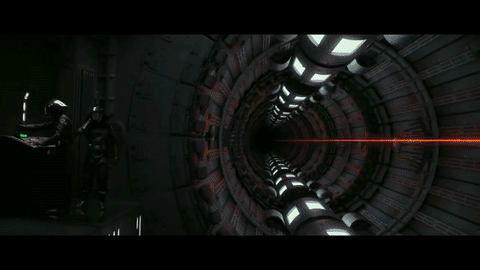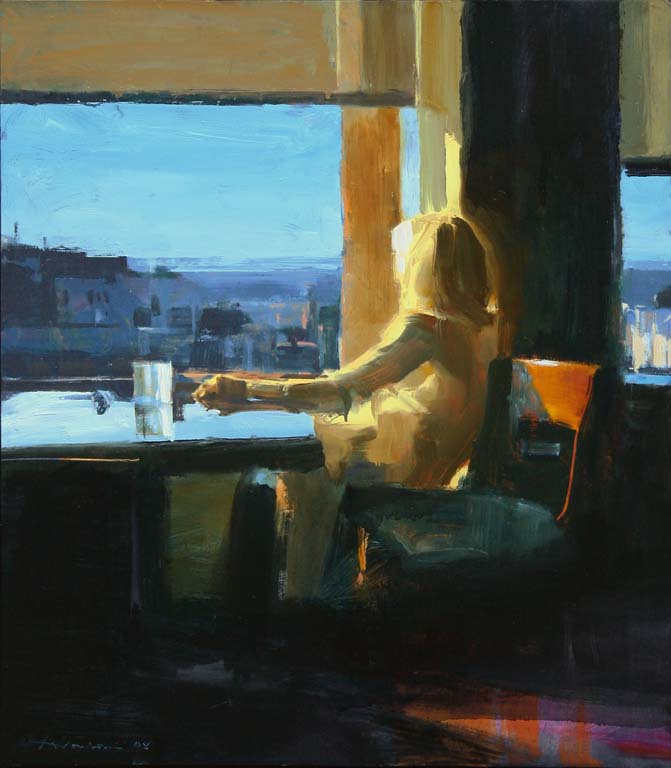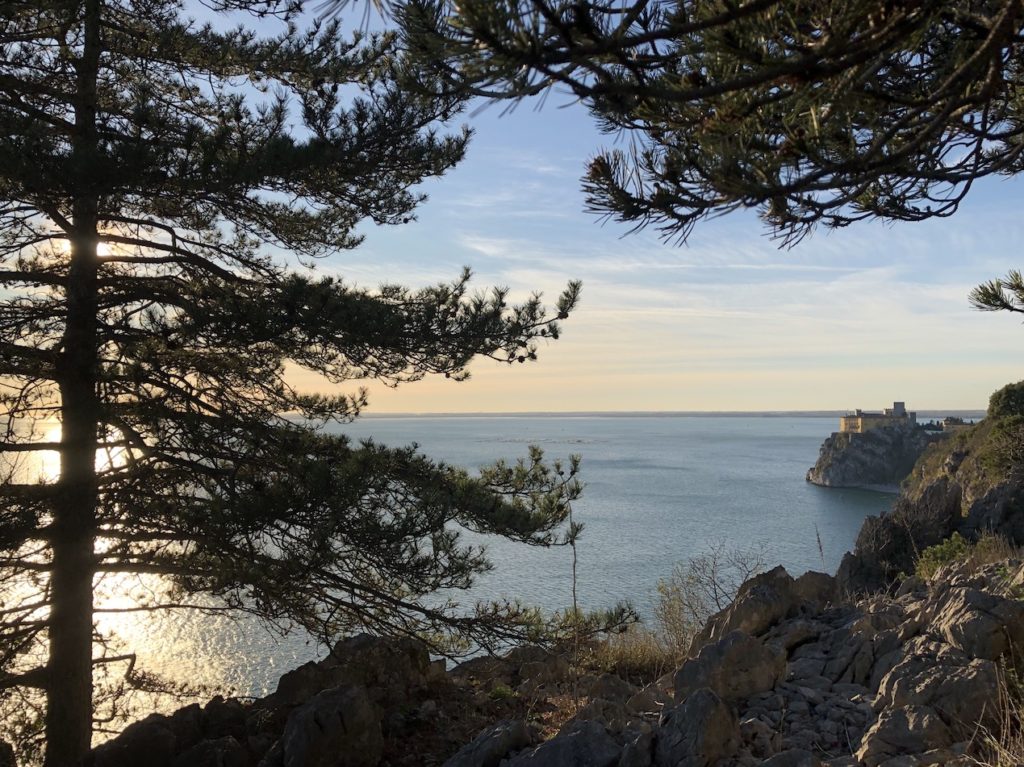Subluminal
Slower than the speed of light, but not by much
Category Archives: mood
Antoine’s insider guide to Paris
Because we’re in time of covid, it’s good to look back at the beauty of a vibrant city and all the things we miss. Here’s guide I made for a friend, and shared with a few others when they asked me what should the absolutely not miss in Paris. Enjoy!
Here are a few addresses you might want to look up during your stay in Paris, that will not be in tourist guides:)I trawl the terahertz
Last year I’ve discovered Paddy McAloon’s re-edition of “I Trawl the Megahertz” (published as Prefab Sprout) in happenstance. I was listening to Spotify, and this beautiful instrumental piece showed up, with hesitating strings and a cold voice, which was not too dissimilar to Woodkid’s On Then and Now which I had been drawn to earlier in the season.
This gradually became my favorite album of the year (other great songs are in there, such as I’m 49.) Now that the virus is crawling and the internet functions at the Terahertz speeds, we’ve gone full circle. Continue readingThe new gaze
Perceptions about women seems to have changed fast in the last few years. Of course I don’t mean perception of women in their essence, but the expression of their experience. This experience seems to surface, with movements such as #metoo, but also works of art which that replace the male gaze with the female gaze. On this topic, I really enjoyed this piece in the Guardian by Gwendolyn Smith :”Like a natural woman: how the female gaze is finally bringing real life to the screen” (the piece is about the movie by Celine Sciamma “Portrait of a lady on fire.”)
 It is worth noting that the main actress in Sciamma’s Movie, Adele Haenel, has an acute vision of the many things that go wrong in French society (“Adèle Haenel: France ‘Missed the Boat’ on #MeToo“, New-York Times), and left abruptly the French equivalent of the Oscars when Roman Polanski, a movie director who has been accused many times of sexual assault (and inexplicably gets a pass from the French movie society – like Harvey Weinstein did for years.) The movie “Portrait of a lady on fire” reminded me in some ways Luca Guadagnino’s “Call me by your name,” where both movie describe a new way at looking at a lover, which is less predatory, less transactional than most man-women relationship as depicted in movies (or even same-sex transports when filmed by a male director, such as in “Blue is the warmest color.”)The female gaze also expands further, in TV series such as the celebrated “Fleabag,” or in music, with artists such as Angel Olsen, Sharon van Etten, Jenny Hval on Mitski. They bring a different view than the one that sprung up in the late 90s, with Alanis Morissette and Fiona Apple.There’s still a long way to go, but the soft power is finally getting steam, thanks to the courage of some and the efforts of many.(I also very much enjoy reading “This Week in Partriachy” by Arwa Mahdawi and various pieces by Jia Tolentino, on Millenial feminism, which seems to bring intersectionality into the spotlight.)
It is worth noting that the main actress in Sciamma’s Movie, Adele Haenel, has an acute vision of the many things that go wrong in French society (“Adèle Haenel: France ‘Missed the Boat’ on #MeToo“, New-York Times), and left abruptly the French equivalent of the Oscars when Roman Polanski, a movie director who has been accused many times of sexual assault (and inexplicably gets a pass from the French movie society – like Harvey Weinstein did for years.) The movie “Portrait of a lady on fire” reminded me in some ways Luca Guadagnino’s “Call me by your name,” where both movie describe a new way at looking at a lover, which is less predatory, less transactional than most man-women relationship as depicted in movies (or even same-sex transports when filmed by a male director, such as in “Blue is the warmest color.”)The female gaze also expands further, in TV series such as the celebrated “Fleabag,” or in music, with artists such as Angel Olsen, Sharon van Etten, Jenny Hval on Mitski. They bring a different view than the one that sprung up in the late 90s, with Alanis Morissette and Fiona Apple.There’s still a long way to go, but the soft power is finally getting steam, thanks to the courage of some and the efforts of many.(I also very much enjoy reading “This Week in Partriachy” by Arwa Mahdawi and various pieces by Jia Tolentino, on Millenial feminism, which seems to bring intersectionality into the spotlight.)
Bissextile
While France is not very open about bisexuality (a friend of mine told me all the pains she went through in Paris), it is happenstance that I realized that few of the books I read recently had been written by bisexual authors: André Gide, Marguerite Yourcenar, Susan Sontag and Emily Dickinson.
 It’s unclear who else in the early parts of the twentieth century where part of that invisibile society, but the description of Hugo von Hofmannsthal by Stefen Zweig or “Les cloches” from Apollinaire hint at something which cannot be said (Wovon mann nicht sprechen kann…)
It’s unclear who else in the early parts of the twentieth century where part of that invisibile society, but the description of Hugo von Hofmannsthal by Stefen Zweig or “Les cloches” from Apollinaire hint at something which cannot be said (Wovon mann nicht sprechen kann…)
Mon beau tzigane mon amant
Mais nous étions bien mal cachés
Écoute les cloches qui sonnent
Nous nous aimions éperdument
Croyant n’être vus de personne
Toutes les cloches à la ronde
Nous ont vus du haut des clochers
Et le disent à tout le mondeDemain Cyprien et Henri
Marie Ursule et Catherine
La boulangère et son mari
Et puis Gertrude ma cousineSouriront quand je passerai
Je ne saurai plus où me mettre
Tu seras loin Je pleurerai
J’en mourrai peut-êtreGuillaume Apollinaire, Rhénanes, Alcools, 1913
Valentine’s day blues
You’re still a young man/woman.It’s not too late to learn how to unwind.Who saidyou have to take it on the chin?Let me have your abyss.I’ll cushion it with sleep.You’ll thank me for giving youfour paws to fall on.Sell me your soul.There are no other takers.There is no other devil anymore.Wisława Szymborska – Advertisement
A thousand small insanities
Wow, the year is off to a good start!
- Trump’s corruption of democracy in plain sight will be unfettered – Richard Wolffe
- Brexit is complete, goodbye UK – Ian McEwan
- Fires in Australia (interactive)
- Travel ban expanded to other countries : Nigeria, Eritrea, Tanzania, Kyrgyzstan, Myanmar and Sudan
- Coronavirus & xenophobia – Coronavirus: US bars foreigners who recently visited China , State Department tells citizens ‘do not travel’ to China
We’ve been there… Interesting that two Unions (United States, United Kingdom), who went through the Chicago School trainwreck (Reagan, Thatcher) decided at the same time (votes Trump, Brexit) to get away from institutions born from WWII (NATO, EU.) We’d better engage, if we don’t want to get back to the World of Yesterday…
The endless train of academics were also called upon to contribute to the nation’s growing number of periodicals. In 1937, The New Republic, arguing that “at no time since the rise of political democracy have its tenets been so seriously challenged as they are today,” ran a series on “The Future of Democracy,” featuring pieces by the likes of Bertrand Russell and John Dewey. “Do you think that political democracy is now on the wane?” the editors asked each writer. The series’ lead contributor, the Italian philosopher Benedetto Croce, took issue with the question, as philosophers, thankfully, do. “I call this kind of question ‘meteorological,’ ” he grumbled. “It is like asking, ‘Do you think that it is going to rain today? Had I better take my umbrella?’ ” The trouble, Croce explained, is that political problems are not external forces beyond our control; they are forces within our control. “We need solely to make up our own minds and to act.”
Don’t ask whether you need an umbrella. Go outside and stop the rain.
– Jill Lepore (New-Yorker 01/27/2020)
Thank god there’s the Superbowl and J.Lo to remind us of a time where things where good… sort of.
ALS-U CD-3A
We were awarded CD-3A, yay!
Amazing team, and amazing project:)
On Dec. 23 the DOE granted approval for a key funding step that will allow the project to start construction on a new inner electron storage ring. Known as an accumulator ring, this inner ring will feed the upgraded facility’s main light-producing storage ring, and is a part of the upgrade project (ALS-U)
[…]Powerful arrays of magnets bend the beam of electrons, causing it to emit light that is channeled down dozens of beamlines for experiments in a wide range of scientific areas – from physics, medicine, and chemistry to biology and geology. More than 2,000 scientists from around the world conduct experiments at the facility each year.[…]The ALS-U project will keep the facility at the forefront of research using “soft” X-rays, which are well-suited to studies of the chemical, electronic, and magnetic properties of materials. Soft X-rays can be used in studies involving lighter elements like carbon, oxygen, and nitrogen, and have a lower energy than “hard” X-rays that can penetrate deeper into samples.It will also expand access to “tender” X-rays, which occupy an energy range between hard and soft X-rays and can be useful for studies of earth, environmental, energy, and condensed-matter sciences.
Milestone in Advanced Light Source Upgrade Project Will Bring in a New Ring

There ends the 2020s
The first two decades of the twenty first century are over! I’ve spent more than half of my life there, and here’s a very incomplete list of what I admired the most in the creative genius of the human mind!
20 Best Movies
20 Best albums
The XX – XX Continue reading
Hard Duino
I was in Trieste for a conference, and one afternoon after the conference was finished I went 20 minute North, on the path between Duino and Sistiana where Rilke liked to stroll. How beautiful!
And yet how much more human is the dangerous in security that drives those prisoners in Poe’s stories to feel out the shapes of their horrible dungeons and not be strangers to the unspeakable terror of their cells. We, however, are not prisoners. No traps or snares have been set around us, and there is nothing that should frighten or upset us. We have been put into life as into the element we most accord with, and we have, moreover, through thousands of years of adaptation, come to resemble this life so greatly that when we hold still, through a fortunate mimicry we can hardly be differentiated from everything around us. We have no reason to harbor any mistrust against our world, for it is not against us. If it has terrors, they are our terrors; if it has abysses, these abysses belong to us; if there are dangers, we must try to love them. And if only we arrange our life in accordance with the principle which tells us that we must always trust in the difficult, then what now appears to us as the most alien will become our most intimate and trusted experience. How could we forget those ancient myths that stand at the beginning of all races, the myths about dragons that at the last moment are transformed into princesses? Perhaps all the dragons in our lives are princesses who are only waiting to see us act, just once, with beauty and courage. Perhaps everything that frightens us is, in its deepest essence, something helpless that wants our love.
Letter to a young poet #8 – Rainer Maria Rilke








